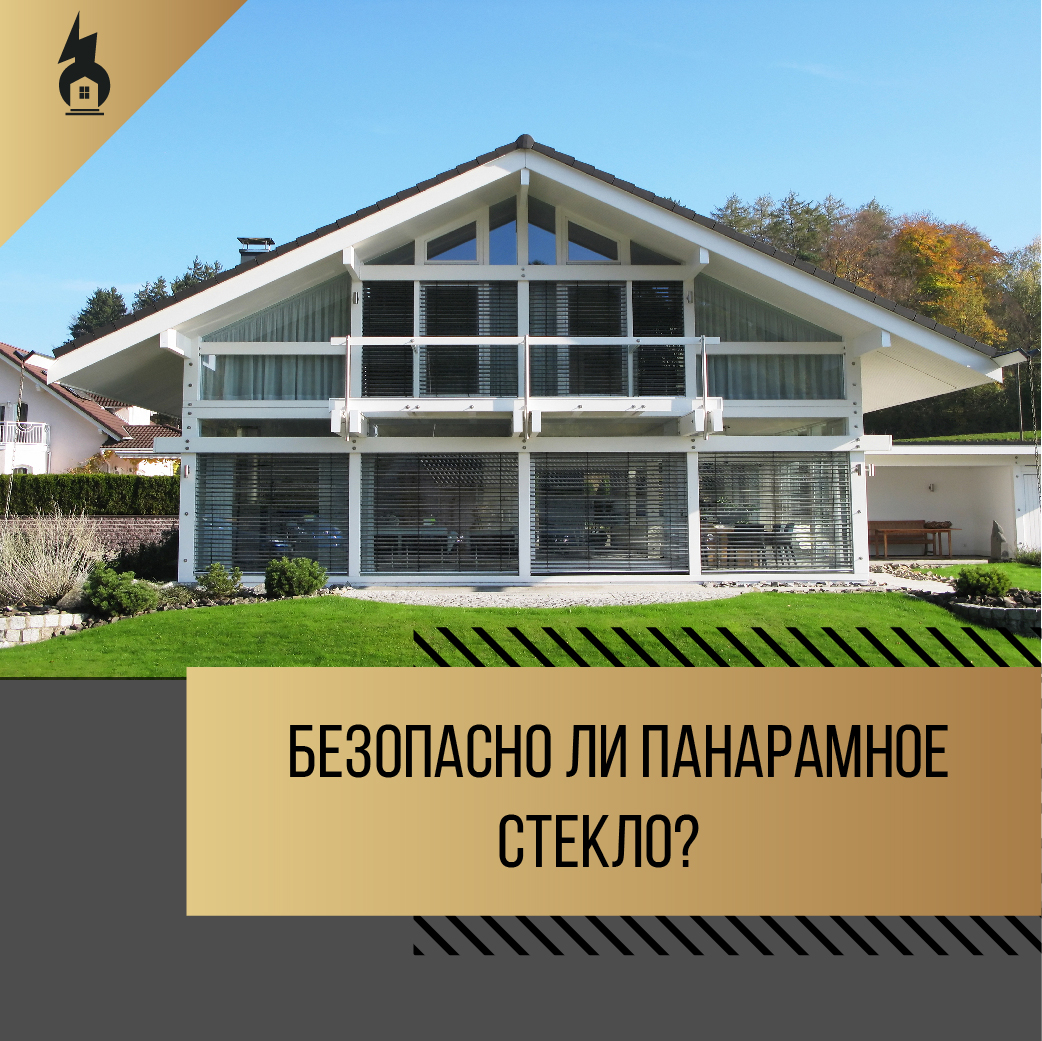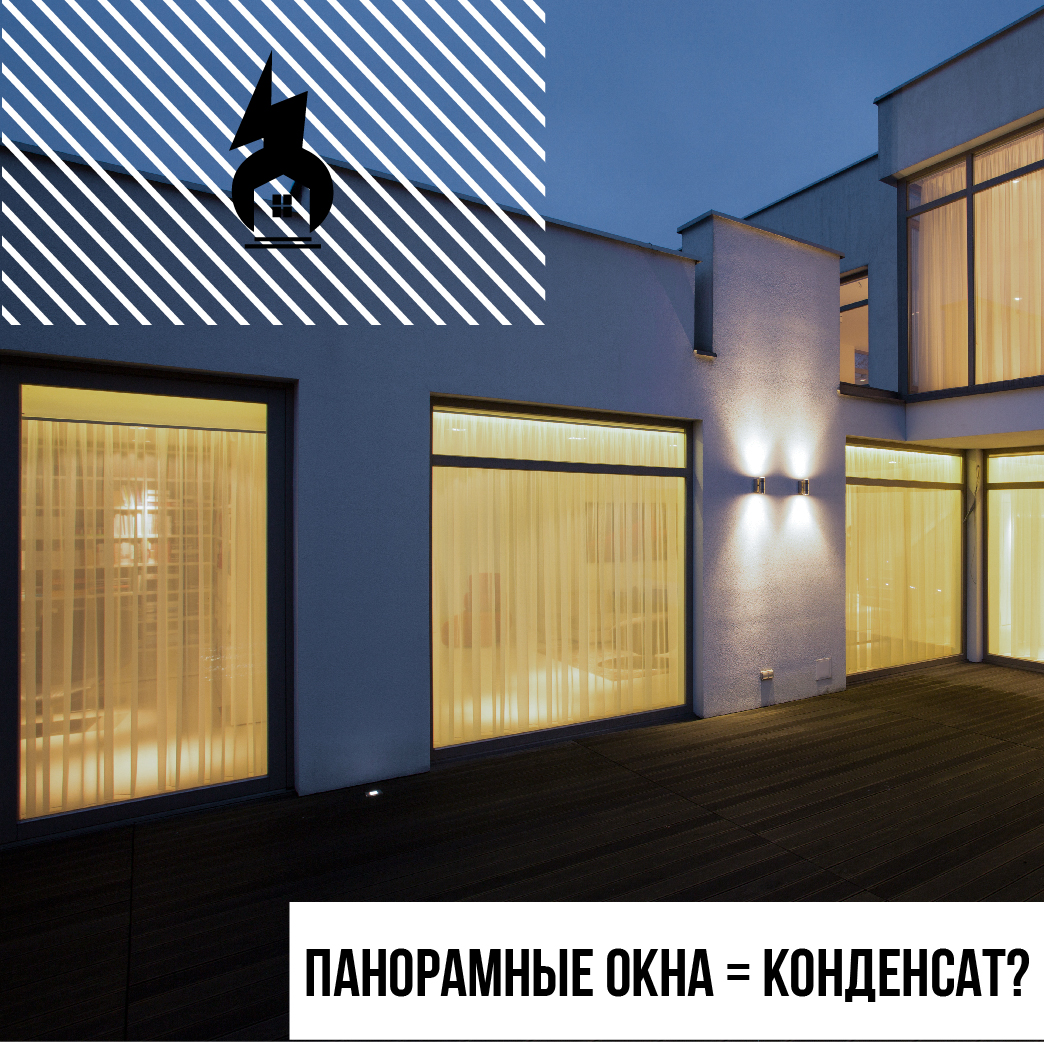Panoramic glazing - stereotypes. ⠀
No. 1: Always large heat loss through the profile ⠀
⠀
🔒 No, heat loss through the profile will not be large if you choose it correctly. And it depends on the size of the structure. The design of the panoramic window can be made of various materials, as a rule, wood, aluminum and PVC profile. Each of these materials has its own characteristics that must be considered when designing ⠀
⠀
🔗 The PVC profile allows you to make the structure in a single frame: up to 8 m2 or, when using special facade profiles, a much larger area. The design must provide for temperature compensation joints.
The choice of material for panoramic glazing is made on the basis of technical and economic comparison, taking into account the design of the structure, color solutions.
The design with a width of 7.5 and a height of 2 floors will be optimally made of an aluminum profile.
Stereotype No. 2: Heating costs will increase
⠀
⠀ 📋 Properly designed panoramic windows do not significantly increase heating costs. For many of our customers to whom we installed “windows on the floor”, large-sized sliding elements, “disappearing walls” and other large-format structures, this was a pleasant surprise: ⠀
🗣 Customer:
Winter has passed and I see: HEAT RECEPTIONS from the sun far exceed losses. A room with a window for a day is so warm that it lasts all night. ⠀
🗣 Client2:
The portal costs the third year (this winter will be the third). I did not do any additional warming. No additional heating costs were noticed. ⠀
🗣 Client3:
The kitchen has two large windows, one of which is panoramic. But there are more advantages - if most of the windows are on the sunny side, this is a big saving on lighting and is very warm even in winter
Continued in next posts!
@energo_doma




 By clicking the "Leave a request" button, you consent to the processing of your personal data and agree to our privacy policy.
By clicking the "Leave a request" button, you consent to the processing of your personal data and agree to our privacy policy.